Finally, a war story worth watching. Sebastian Stan’s new war drama film The Last Full Measure paid tribute to William H. Pitsenbarger and took 20 years to make. The movie is a great, well-rounded biography war story. It is gripping and incredibly well acted with a first-class cast.
The Last Full Measure is about real-life Vietnam War hero William H. Pitsenbarger who tragically died at the age of 21 during a rescue mission in 1966 after saving countless lives during the war. More than 30 years later, Pentagon investigator Scott Huffman probes a Medal of Honor request for Pits made by his friend and parents.
Who was William H. Pitsenbarger?
William Hart Pitsenbarger was born July 8, 1944, in Piqua, Ohio, a small town near Dayton. During his grown-up, he dreamed about joining Green Berets. When Pitsenbarger was a junior in high school, he tried to enlist in the U.S. Army, but his parents refused their permission. After he graduated from high school, Pits decided to join the U.S. Air Force, and on New Year’s Eve 1962, he was on a train bound for basic training in San Antonio.

During his basic training in early 1963, he volunteered for Pararescue. He quickly meets the qualifying requirements and was one of the first groups of airmen to qualify for Pararescue right out of basic training. After completing pararescue training, he was assigned to the Rescue Squadron assigned to Hamilton AFB, California.
Vietnam War
His first assignment in Vietnam was in the form of Temporary Duty (TDY). Upon completing his first TDY assignment, he volunteered to return and received orders in 1965 to report to Detachment 6, 38th Air Rescue and Recovery Squadron at Bien Hoa Air Base near Saigon.
During his time in Vietnam, he has become one of the most reliable service members in the 38th Air Rescue and Recovery Squadron. His commanding officer, Major Maurice Kessler, called him:
“One of a special breed. Alert and always ready to go on any mission.”
On April 11, 1966, he was killed in action during the rescue mission in a battle near Cam My, 35 miles east of Saigon. The Joint Rescue Center dispatched two Huskies from Detachment 6 to extract a half-dozen Army casualties pinned down and surrounded by Vietcong. Upon reaching the ambush site, he was lowered through the trees to the ground, where he attended to the wounded before having them lifted to the helicopter by cable. After six wounded men had been flown to an aid station, the two U.S. Air Force helicopters returned for their second load.
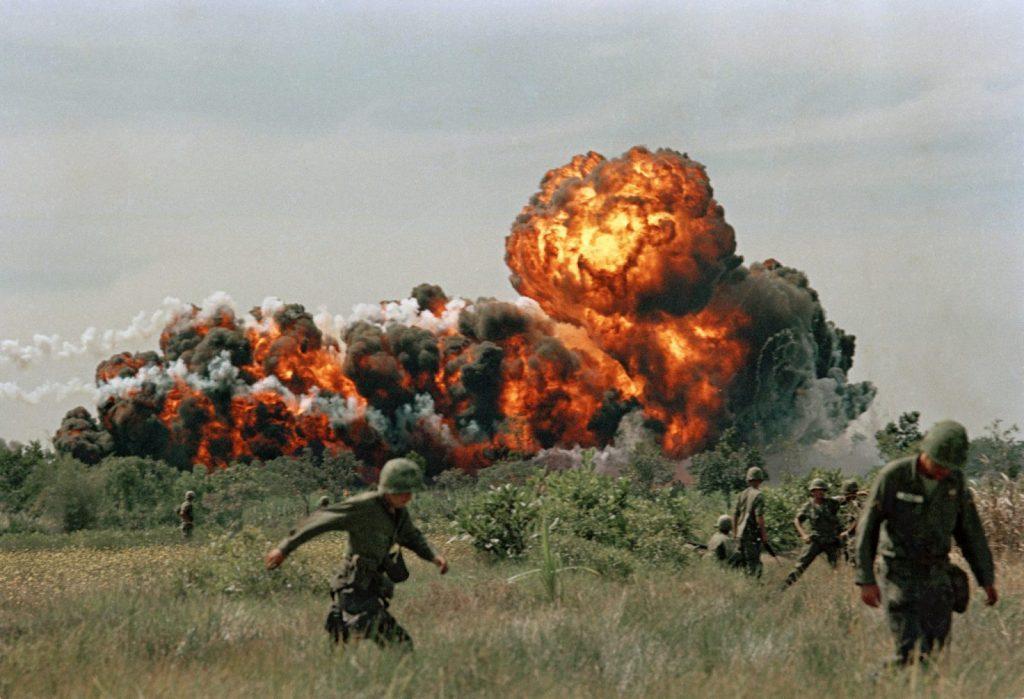
One of the helicopters lowered its litter basket to Pitsenbarger, who had remained on the ground with the 20 infantrymen still alive; a burst of enemy small-arms fire hit it. When its engine began to lose power, the pilot realized he had to get the helicopter away from the area as soon as possible. Instead of climbing into the litter basket so he could leave with the helicopter, Pitsenbarger elected to remain with the Army troops under enemy attack, and he gave a “wave-off” to the helicopter, which flew away to safety. With a heavy mortar and small-arms fire, the helicopters couldn’t return to rescue the rescuer.
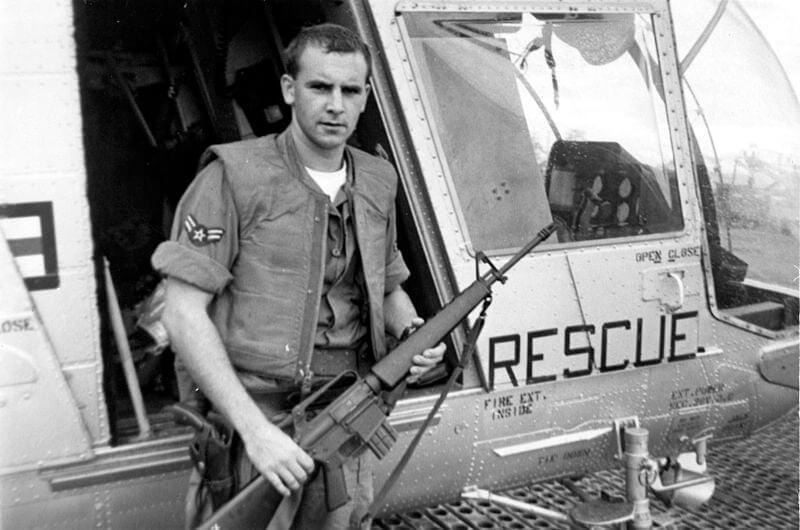
For the next hour and a half, Pitsenbarger attended to wounded soldiers, hacking splints out of snarled vines and building improvised stretchers out of saplings. When the others began running low on ammunition, he gathered ammunition from the dead and distributed them to those still alive. Then, he joined the others with a rifle to hold off the Viet Cong. Pitsenbarger was killed by Viet Cong snipers later that night. When his body was recovered the next day, one hand held a rifle, and the other clutched a medical kit. Although Pitsenbarger did not escape alive, nine other men did, partially thanks to his courage and devotion to duty.
During his service, William H. Pitsenbarger flew on almost 300 rescue missions during the Vietnam War to aid downed soldiers and pilots.
Medal of Honor
On December 8, 2000, at the National Museum of the United States Air Force, the airman’s father, William F. Pitsenbarger, and his wife, Alice, accepted the Medal of Honor from Secretary of the Air Force Whit Peters. During the same ceremony, he was also posthumously promoted to Staff Sergeant’s rank. The audience included battle survivors, hundreds of pararescue airmen, a congressional representative, and the Chief of Staff of the U.S. Air Force.
[rank_math_rich_snippet id=”s-4867a43a-2802-4c40-91f9-de5b6995480f”]

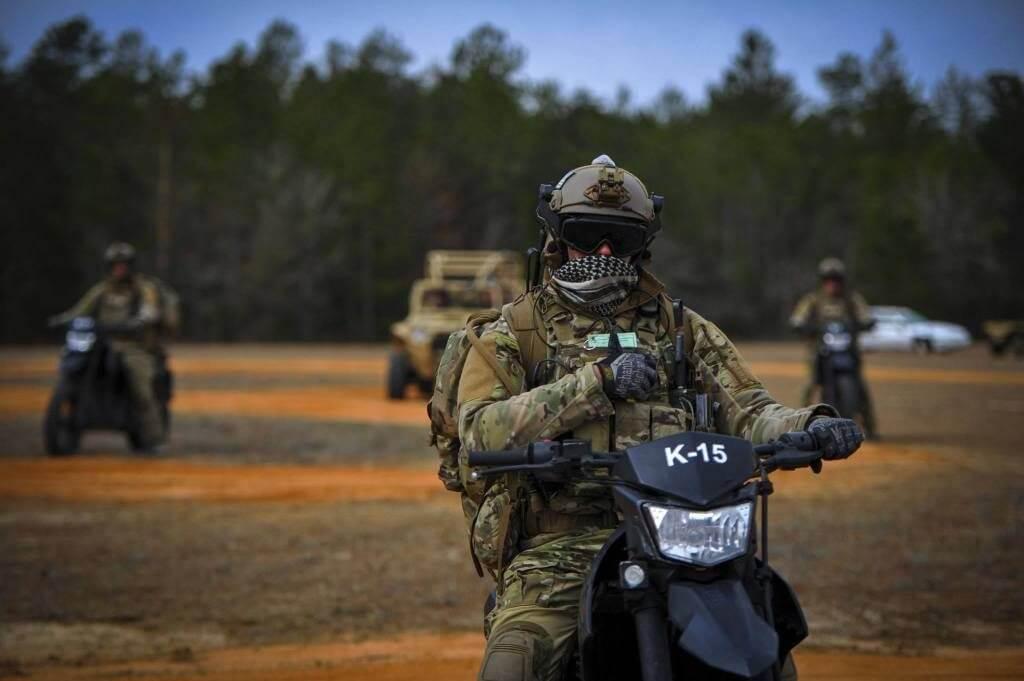



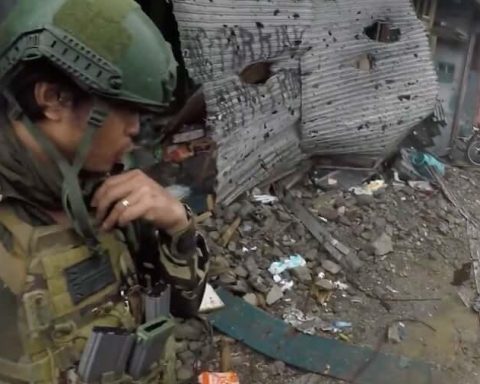
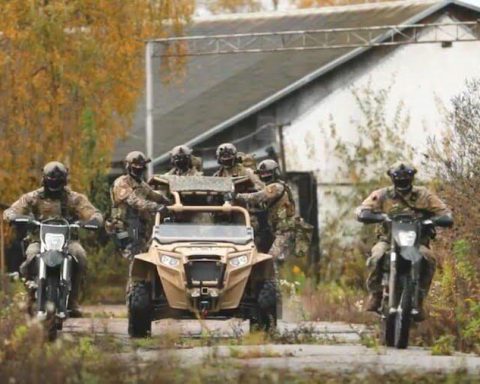
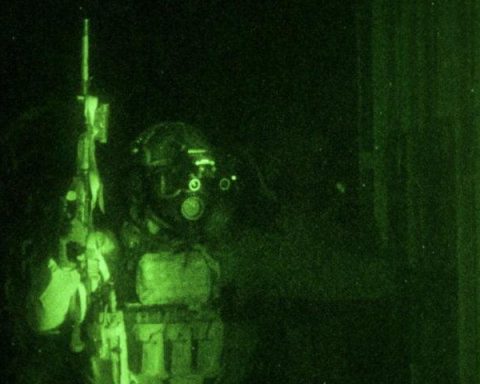
When I was growing up, it was men like William H. Pitsenbarger that formed my opinion of America and Americans. Squint your eyes and see the aura of the “Big Picture” not the dust on the window ledge. Be part of the miracle that is America.
Watched this film with my son and grandson, very emotive and such courage. A name long gone but one I had not heard of before but now will never forget. We still need to fight for freedom, globally, I am in the uk but following closely what is happening and hoping for peaceful and democratic times ahead for us all.
WOW….How small am I…?